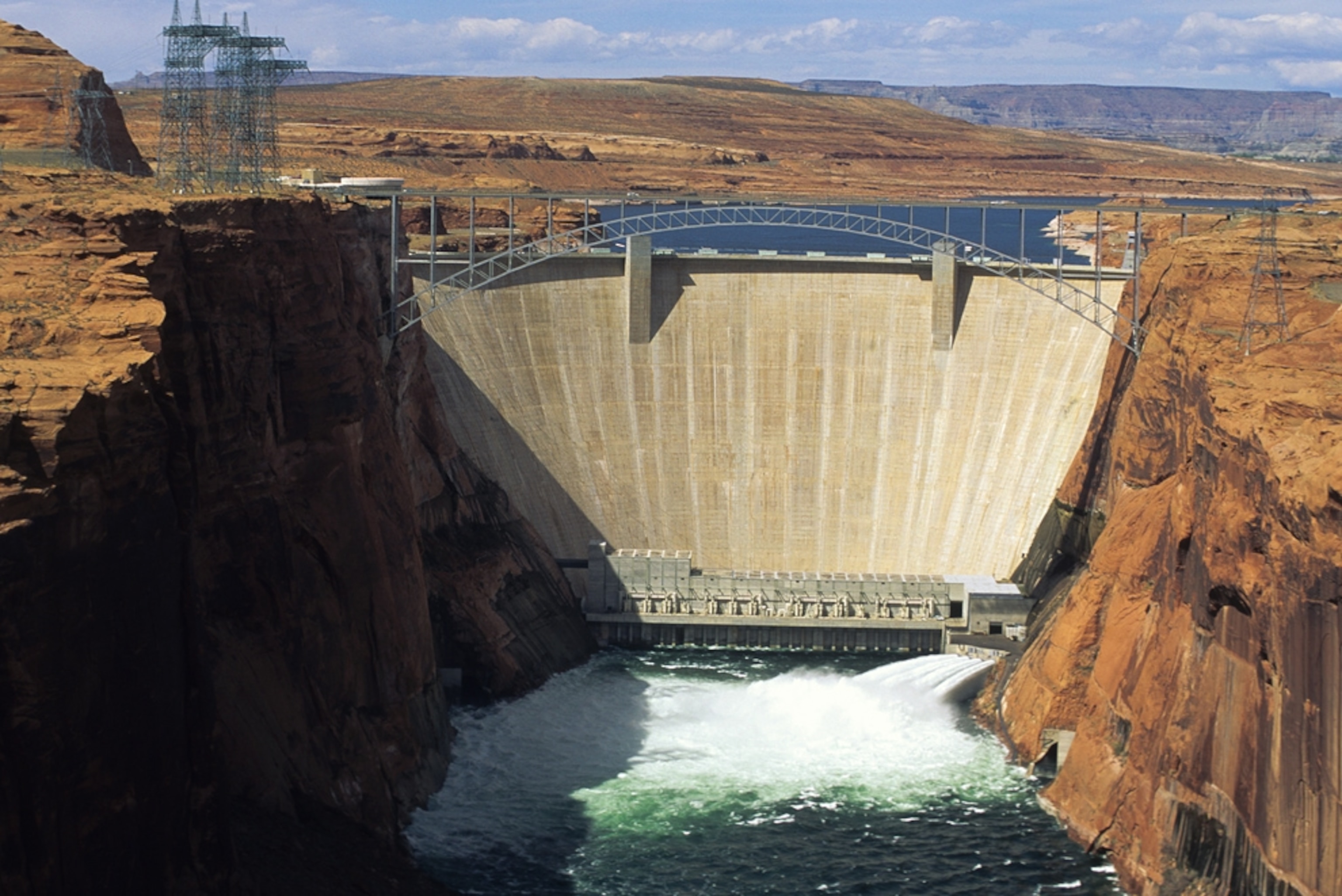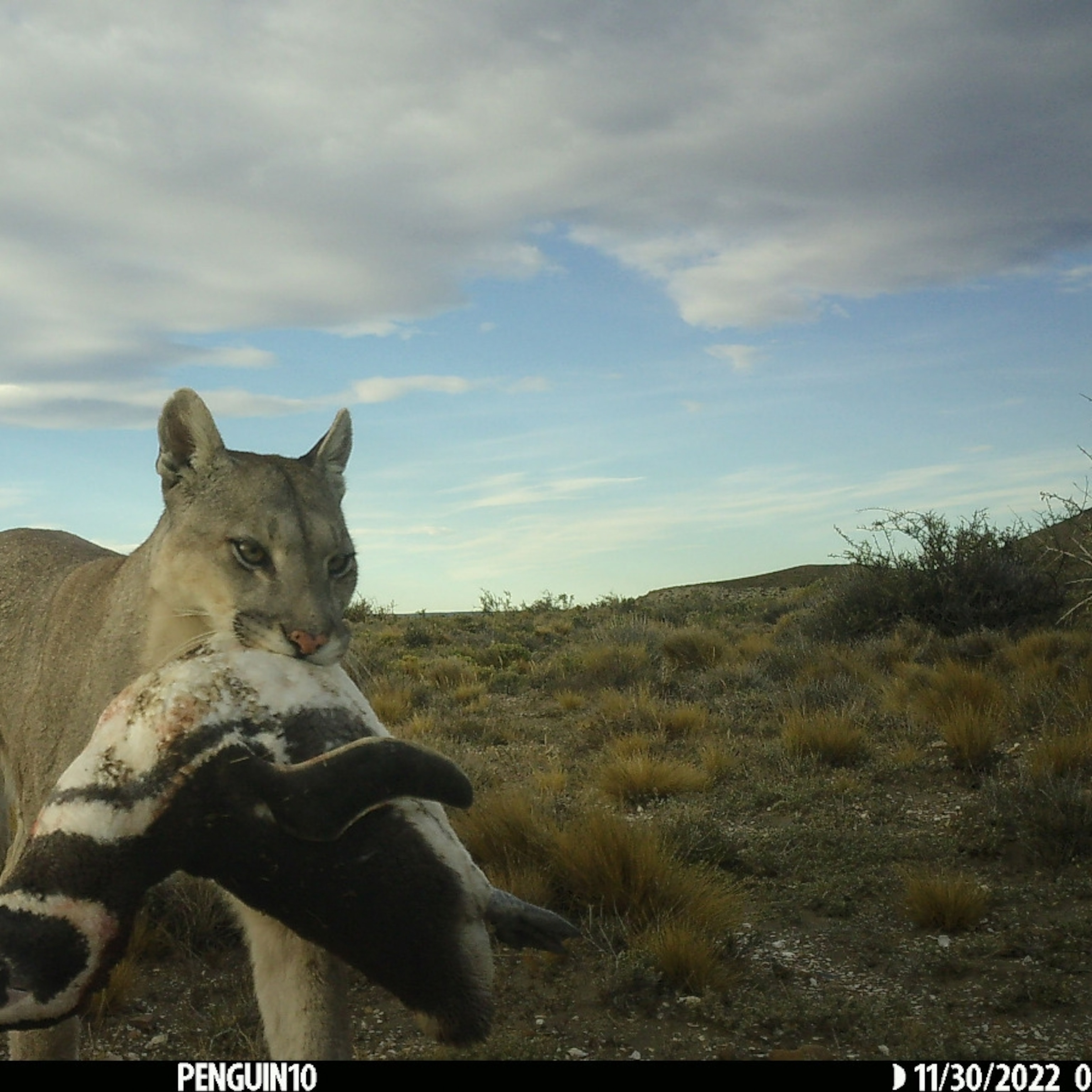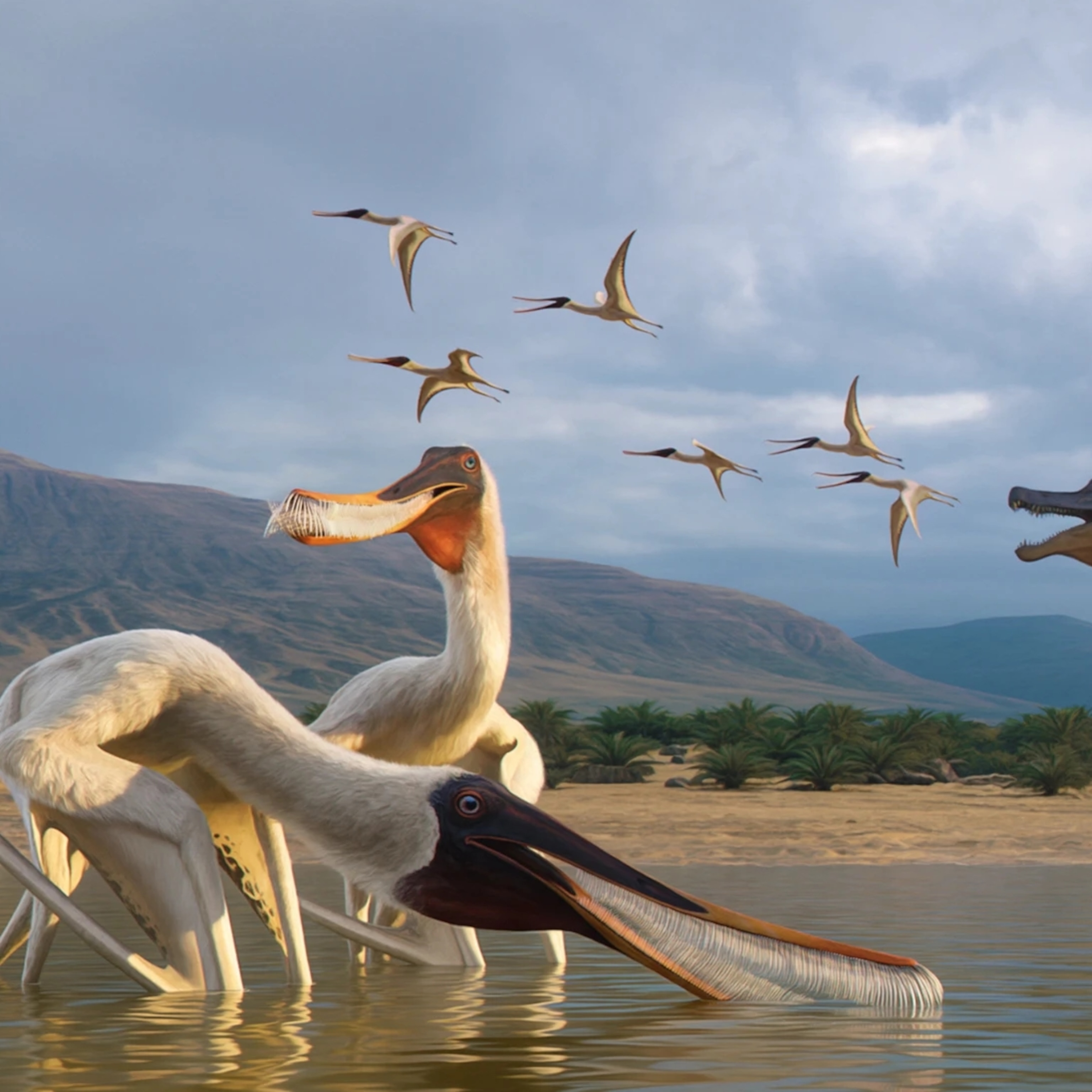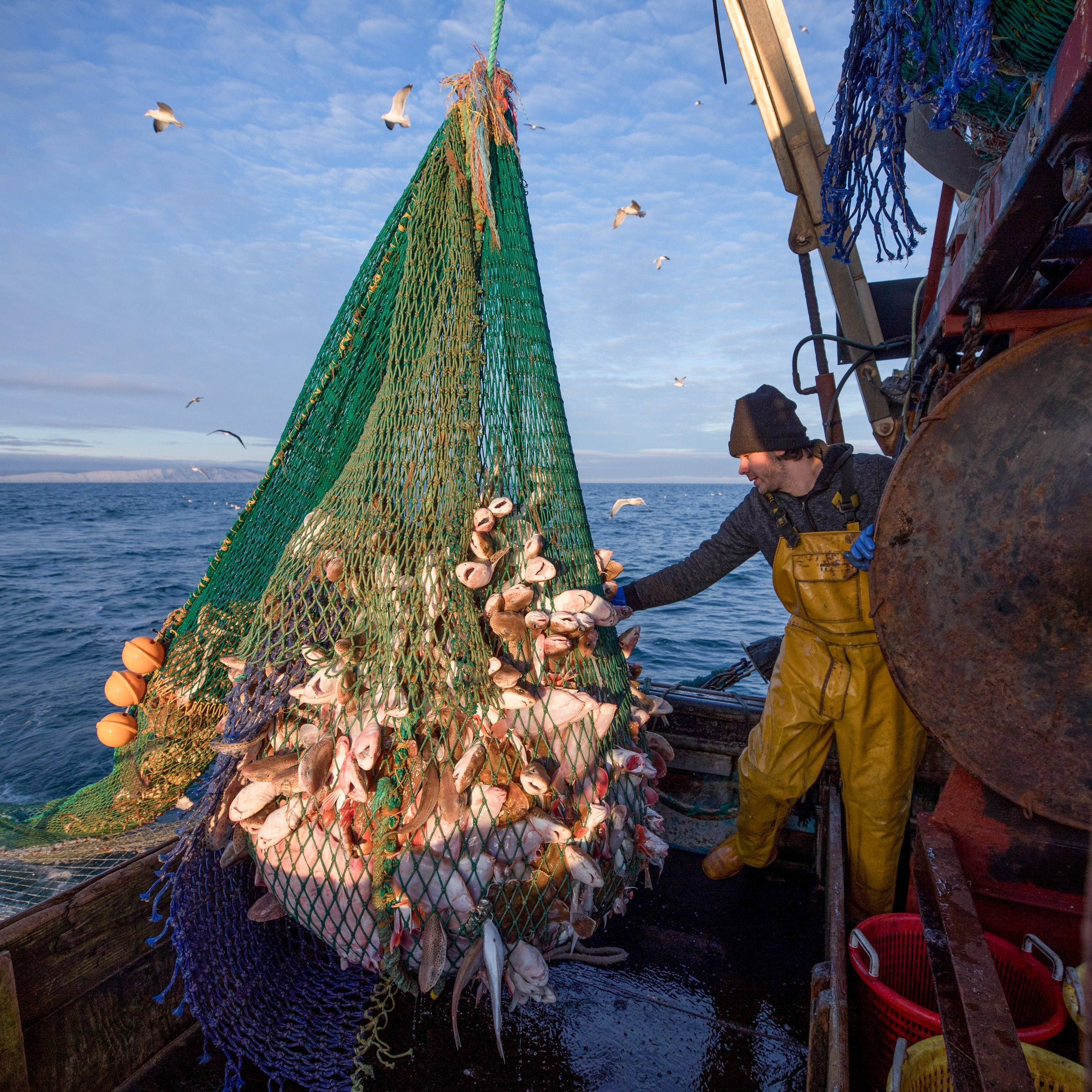
Dams Cutting Off 400 Million People From Food and Income
The world’s dams have allowed cities to sprout in dry lands—but at a steep cost to hundreds of millions of already impoverished people, according to a new report.
This story is part of a special series that explores the global water crisis. For more, visit National Geographic's Freshwater website.
The world’s dams have allowed cities to sprout in dry lands—but at a steep cost to hundreds of millions of already impoverished people, according to a new report.
Lead author Brian Richter, co-director of The Nature Conservancy’s Global Freshwater Program, knew from previous estimates that 40 to 80 million people have been directly displaced over the past decade by dam and reservoir construction.
But he wanted to know how many people living farther downstream had been harmed.
Richter and his coauthors used published studies, population estimates and geographic information system (GIS) data to take a look.
“Our conservative estimate of 472 million suggests that the number of people . . . exceeds by six to twelve times the number directly displaced by these structures,” the authors write.
Those affected include downstream fishermen and farmers who have had their lives and livelihoods altered or even destroyed by dams, many of them poor people who may find it hard to adapt. For example, when the Maga Dam and a water diversion scheme went in on Cameroon’s Logone River in 1979, combined hits to floodplain agriculture, fisheries, and other downstream attributes reduced the regional economy by $2.4 million per year, according to the International Union for Conservation of Nature (IUCN).
Living Downstream of Dams
To arrive at 472 million, the authors looked at population density estimates for areas within 6.2 miles (10 kilometers) of the 7,000 largest dams in the world.
The co-authors ignored urban populations, because they wanted to limit their results to people who are likely to depend on agriculture and fishing in rural, river-based wetlands and floodplains. These regions, and livelihoods, are often imperiled by reduced and altered river flows.
Eighty-five percent of the affected people live in Asia, where dams are common to harness water from seasonal monsoons.
More Dams, Hidden Costs
The new study, which appears in the June 3 online journal Water Alternatives, chronicles an explosion of large dams (dams that are higher than about 50 feet or 15 meters) from 5,000 in 1950 up to 50,000 today.
The benefits of dams are without question, note Richter and his co-authors. They supply hydropower that has fueled the growth of urban centers from Seattle to Shanghai, facilitated agriculture and enabled water storage for a plethora of other uses.
But, says report co-author Sandra Postel, director of the Global Water Policy Project and a National Geographic Society Freshwater Fellow, “we’ve had a skewed sense of the benefits and costs of dams. We have not adequately accounted for the costs.” (National Geographic News is owned by the National Geographic Society.)
Close to home
The cost of dams extends beyond people—the whole ecological system suffers, Richter said.
“When you build a dam and don’t operate it properly, it’s essentially analogous to shutting down the support system for a critically ill patient in a hospital,” he said: “You flatline the natural variability, the heartbeat of the river system.”
For example, on the stretch of the Colorado River that flows through Grand Canyon National Park, Glen Canyon Dam has starved beaches of the silt, and turned historically rough, sediment-rich water into a clear, cold flow that has been fatal to native fish but favorable to nonnative trout. Native vegetation was giving way to invasive tamarisk trees, and endangered fish teetered on the brink of extinction before activist groups and federal biologists began to try turning back the clock.
“We didn’t even consider endangered fish when we built Glen Canyon Dam,” said Richard Clayton, a Hydraulic Engineer for the U.S. Bureau of Reclamation’s Upper Colorado Region. But the dam’s operations have undergone intense scrutiny in recent decades, on behalf of the imperiled ecosystem below the dam. A multimillion-dollar effort to modify flows to help recover the native ecosystem, including several endangered species, has shown mixed success.
The Bureau of Reclamation now looks routinely at the downstream impacts of its dams, according to Barry Wirth, a public affairs officer with the Upper Colorado Region.
As part of the solution at Glen Canyon, “we’re limited in how fast we can ramp up or ramp down releases from the dam [for power generation], and we have a maximum range of fluctuation each day,” Clayton explained. As a result, power generation has been reduced by as much as a third, at a higher cost to power utilities, which so far have managed to avoid rate increases for customers.
Problematic dam operations have been modified more successfully on the Green River in Kentucky and the Penobscot River in Maine. A plan to remove two dams from the Penobscot to restore fisheries will "maintain or even increase hydropower production while opening up hundreds of miles of river habitat for Atlantic salmon and American shad," Richter said.
Looking Forward
Engineers who plan new dams—including 1,700 new ones proposed in Brazil alone—should consider the lessons learned from previous dam-building missteps, the report’s authors suggest.
The region in need of energy and water should be evaluated for existing dams that could be reconfigured to supply the additional power needs, instead of new dams. Rivers should be studied for their ecological characteristics, including flow regimes, nutrient and sediment loads, and fish migration patterns, and new dams should be placed in ways that favor those attributes, the authors say.
“Unfortunately, we see very little effort to avoid ecological or social impacts in the planning for new dams,” Richter said.
Planning processes for dams should involve all the stakeholders—the people who will be affected, Global Water Policy Project’s Postel said, adding that all such efforts should be considered “part of the cost of building dams.”
“If you make already poor populations worse off,” Postel added, “it’s not sustainable development.”








